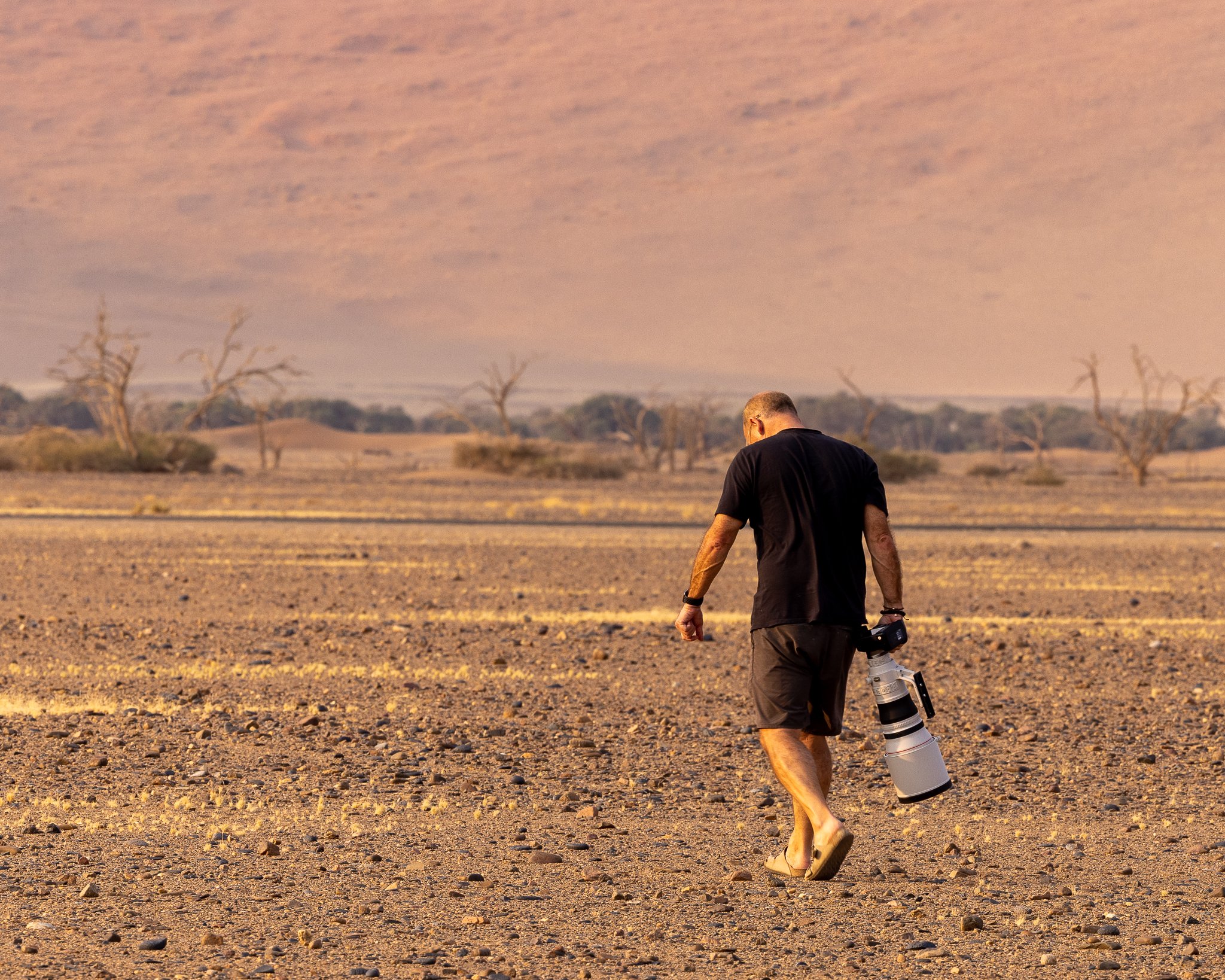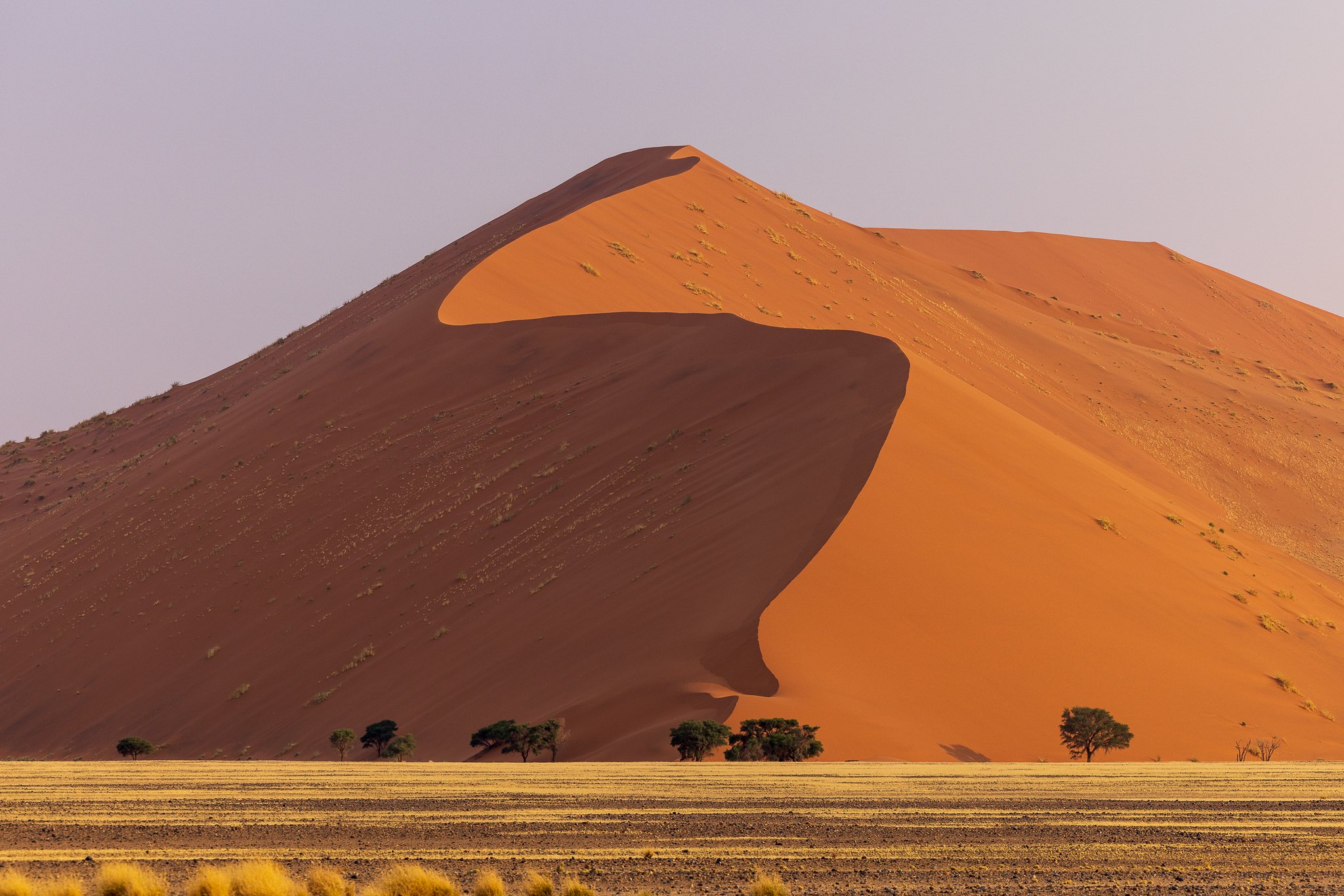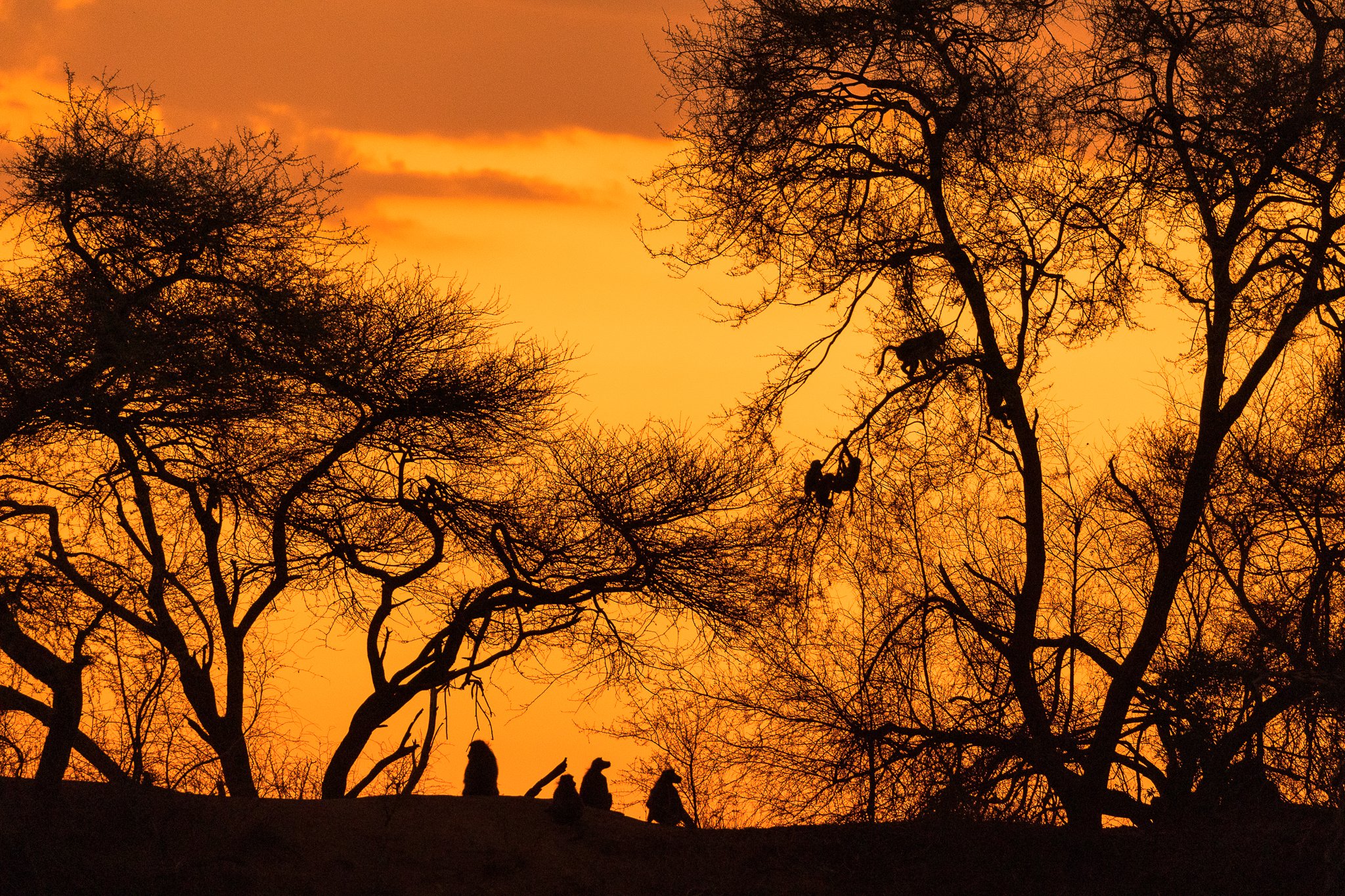My Safari Photography Gear Packing List
Going on a safari in Africa is incredibly special. It is an experience you will never forget and dream of doing again and again. Safaris are for photographers of all levels. There is no need to be intimidated by your skill level or camera equipment.
Since a Safari is such a unique experience, it is important to think carefully about which photography gear to bring. Be sure to bring the right camera gear with you, and you’ll be rewarded with a spectacular array of stunning images.
Here are my recommendations on Photography Gear. In Part 1, I have written a My Safari Packing Guide.
My Safari Photography Gear
2 Mirrorless Camera Bodies (Canon R3 & Canon R5)
Canon RF 24-105 mm f4 (for Astro I would bring my RF 15-35 f2.8)
Canon RF 100-500 mm f4.5-7.1
Canon RF 400 f2.8
Rocket Blower and Microfiber Towels
4 Extra Batteries + Chargers
Memory Cards (4 CF Express B and 4 SD Cards 128GB)
Shimoda 30L Explorer 2 Bag
Beanbag (to provide stability for your camera)
Zip lock bags (to protect equipment from dust)
SD Card Reader
Laptop 16 Inch MacBook Pro
2 Samsung T7 1TB SSDs to backup your images
1. Cameras
When you are on a safari, you’re going to see people taking photos on everything from their smartphones to super high end professional equipment with huge lenses. It can be very confusing to figure out what gear to bring with you and how much gear to bring.
My recommendations below are for the more serious photographer.
Camera: It does not matter if you shoot Canon, Sony, or Nikon; you will come back with incredible images. All modern cameras have incredible specifications that were unheard of just a few years ago.
You should bring a Camera capable of shooting at a high FPS (Framers Per Second) and an Auto-Focus System with Animal Eye Detection (i.e, Canon R3/5/6, Nikon Z9, Sony A9/Alpha). You want at least (12+) FPS. The faster, the better. My Canon R3, for example, shoots at 30 FPS, which is both good and bad. The good part is that it definitely increases the probability of capturing a shot, but you will end up with a ton of photos to cull through.
A good autofocus system with eye detection is essential. Having a camera with Animal Eye Detection will greatly improve your chances of taking sharp photos.
If it is possible, I would recommend bringing 2 camera bodies for 2 reasons. The first is that you do not want to change lenses during a Safari with all the dust in the air. The second reason is that since this is a "bucket-list" trip, you want a back-up camera just in case something goes wrong. It is very easy to rent a second body from places like Lens Pro 2 Go. I brought 2 bodies—my Canon EOS R3 and my Canon R5.
Smartphones: A smartphone is wonderful for landscapes, portraits, and making videos. However, you will struggle to get great shots of any wildlife further away than several yards, and images taken when there is less light will likely be quite grainy.
2. Lenses
In general, for wildlife photography, you want a camera with a lens that will let you zoom from 100mm to at least 400mm. This range will work well for most wildlife photography scenarios, especially on safari, as you normally can’t get out of the vehicle, so you are restricted by how close you can get to the animals. Most of the time, the animals are much closer than you might expect.
Generally, a wide-angle 24-105mm, medium telephoto 70-200mm, and super-telephoto (100-500mm) work well. A 1.4x teleconverter is an option you may want to consider, but you do lose a stop of light. If you do not own a super-telephoto lens, consider renting one. A Canon RF 400mm f2.8 lens is an excellent choice.
My friend Andy with his 400 f2.8
I believe the versatility of my 100-500mm zoom lenses makes it ideal for African safaris. There’s such a wide variety of birds and mammals of such varying sizes and distances that something like the Canon 100-500mm or the Sony 200-600mm is ideal. Of course, having a 400mm f2.8 or 600mm f4 prime lens are incredible lenses to have with you, but they are not necessary.
Much of Africa’s wildlife is active in the early mornings and late evenings, and this means you’ll be fighting low levels of light. Lenses with larger apertures, such as f/2.8, allow light into the camera, so you’ll be able to use a faster shutter speed. However, you can always shoot at a higher ISO. I have taken many sharp photos at ISO 6400. And, in most cases, noise can be removed in post-production with Topaz or ON1 Denoise
Lens and Camera Rental for Safari: you should also consider renting your camera equipment. A company like Lens Rentals or Lens Pro 2 Go will allow you to rent a lens and a camera body at a much lower cost than buying it outright. They also give you the option to purchase the gear rather than return it, so if you love the experience, then you can invest in having tested the gear out.
3. Batteries
You will be taking pictures all day long and it is often difficult to charge the batteries while you are out all day. Your battery needs are also very dependent on your Camera Body. For example, on my R3 I can shoot all day without charging. But on my R5, I would need to change the battery every few hours.
My advice is to take more fully charged batteries than you think you might need, and then throw in a couple more. I would recommend bringing a travel power strip so you can charge multiple batteries simultaneously when you are back in your lodge. Most lodges only have one or two plugs for charging.
4. Filters
Polarizers and neutral density filters are helpful, but I have never used them in Africa.
5. Memory Cards and Storage
You could easily take 1000s of images a day. So I carry a laptop with 2 Samsung T7 SSDs (1 TB Each). This allows me to back up photographs securely while on an Africa safari.
I do not erase my SD Cards until I get back home. Each day, when I get back to the hotel, I would copy my SD Cards to my Samsung T7 SSDs. I bring 2 SSDs and use Carbon Copy Cloner to copy SSD 1 to SSD 2. Remember to pack Thunderbolt 3 Cables to make the download process faster.
Bring lots of storage. On my last Safari in Namibia, I took more than 15,000 photos. I brought 4 128GB CF Express Cards and used them all and 6 64GB & 128GB SD Cards.
6. Rain and Dust Protection
Bring rain/dust covers for your cameras and lenses. Even if you travel in the dry season, it may rain. Plus, it is very dusty. I bring showerhead covers that you can get in most hotels to cover my cameras so they do not get too dusty. You also want a rocket blower with you to blow the dust off your camera and lenses.
7. Flash
Flash is usually not allowed because it disturbs, blinds, and is harmful to the animals.
8. Camera/Lens Cleaning
Have a kit for blowing dust off and keeping your gear clean in dusty environments. If you feel comfortable with cleaning your sensor you might might want to bring a sensor cleaning kit.
9. Stabilizing Equipment
Tripods & Gimbals: I would not recommend bringing a Tripod unless you are going to do some Astro Photography. I brought my travel tripod and never used it once.
You are not allowed to get out of your vehicle while on Safari so the only time you can use it would be at your hotel.
Bean Bags: I would recommend bringing a Bean Bag. Most reputable photo safari tour operators will provide bean bags, but it's always a good to double-check beforehand.
Beans bags are a simple yet highly effective support that can be used to rest your lens on door sills, window frames, roof rails, and the actual roof itself. You will bring an empty bean bag and fill it with rice or beans on arrival.
Monopods: for longer lenses (400 mm or 600mm primes) a monopod can be a good solution. It takes the strain off your arms and shoulders. The Gitzo Monopods are fantastic with a Wimberley MH-100 MonoGimbal head.
10. Accessories
There is a lot of dust, so make sure to bring a Rocket Blower, Micro-Fiber towels, and lens wipes.
Headlight Torch: A headlight torch is always a good piece of gear to have with you. They are very helpful not only for Astro Photography but also for walking back to your lodge at night. Get one with a Red light for Astro.
Multi-tool (Leatherman etc.): Always helpful to have with you. My multitool allows me to tighten my Tripod, L-Bracket, or other items. Make sure you have a screwdriver because the constant vibration/bumpiness of your safari vehicle can loosen screws on your gear.
Luggage Weight Restrictions
Make sure you know what the weight limit on checked and hand luggage is before you travel. Many airlines are incredibly stringent and unforgiving. This is especially true with small charter flights in Africa.
Some Helpful YouTube Videos
These YouTube videos are excellent guides on how to get ready for a Safari and what to pack.
Final Thoughts
I would highly recommend going on a Safari in Africa. It is just a fantastic experience. It is also addicting like seeing the Northern Lights or the Fall Foliage. Once you experience it you will want to go back. I hope these tips will be helpful on your next Safari.





